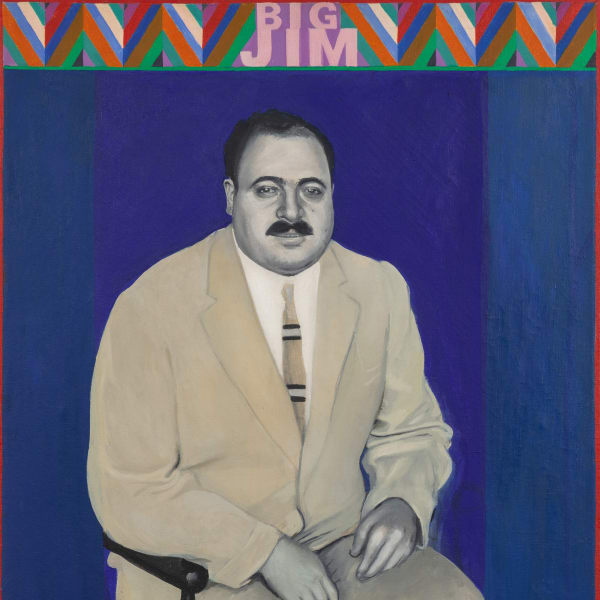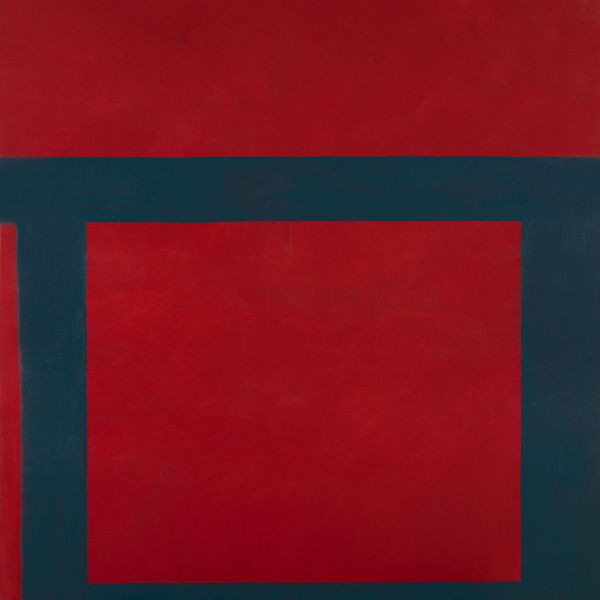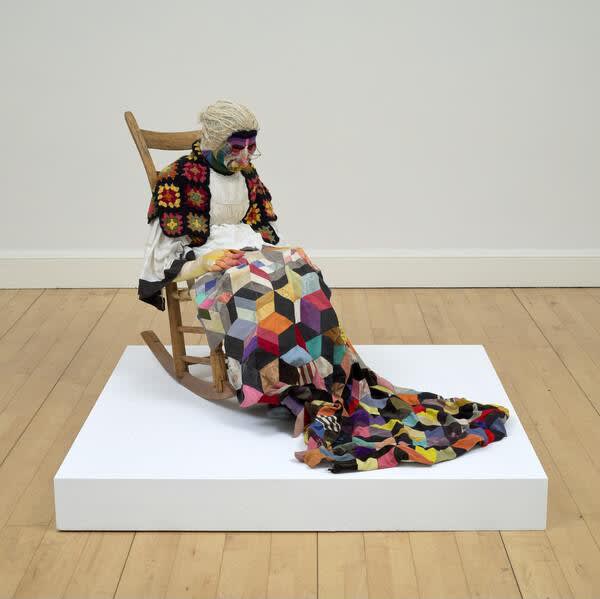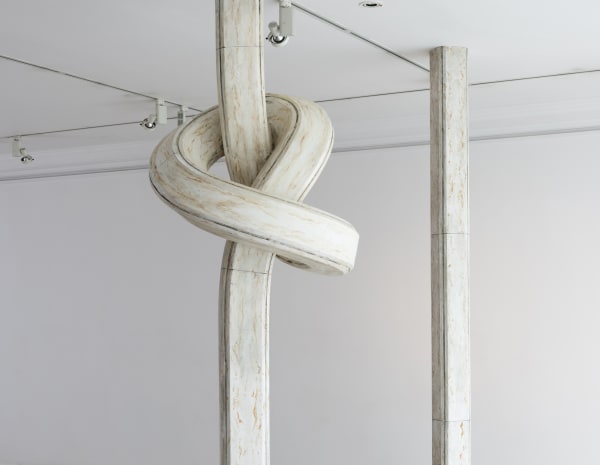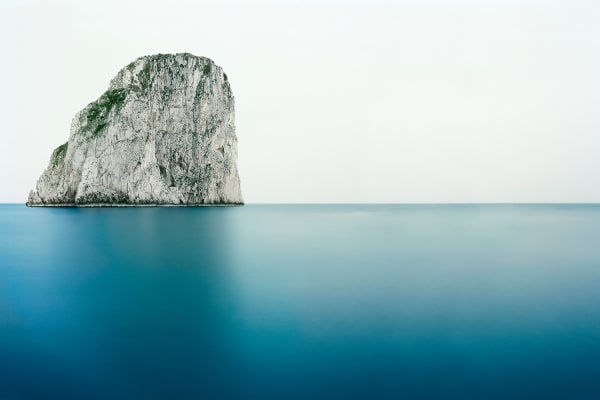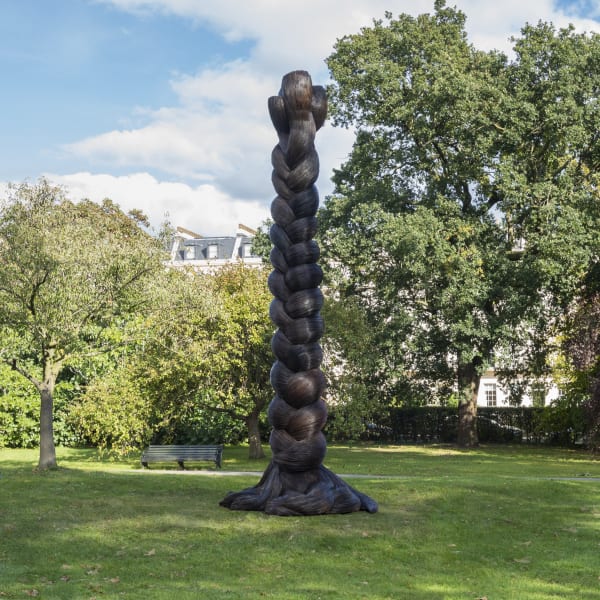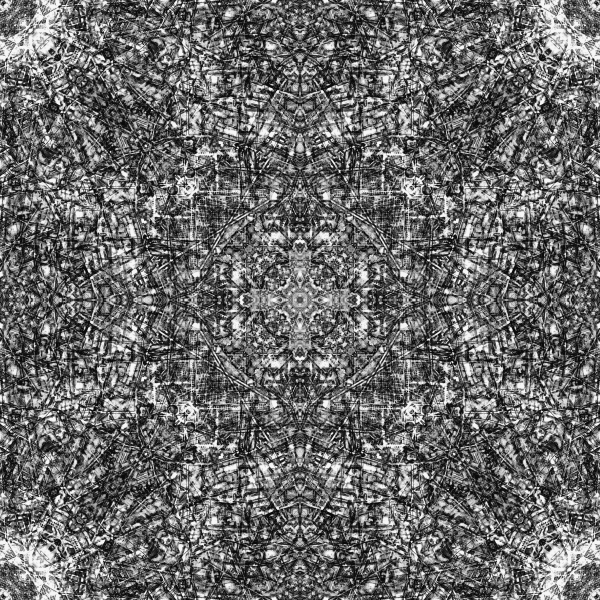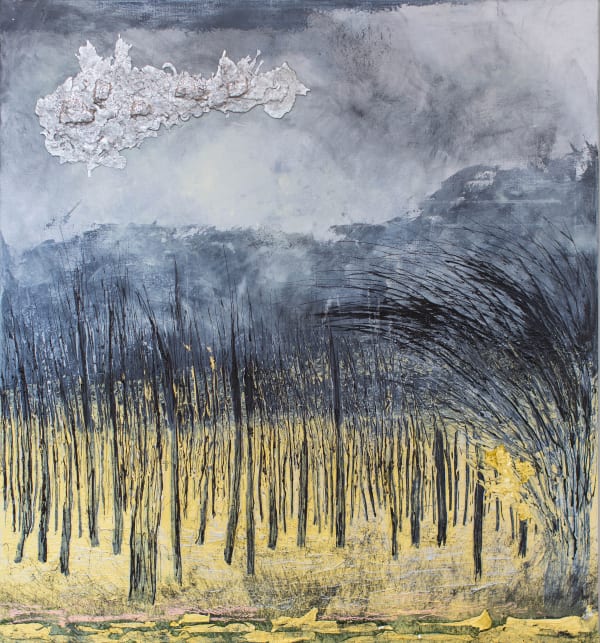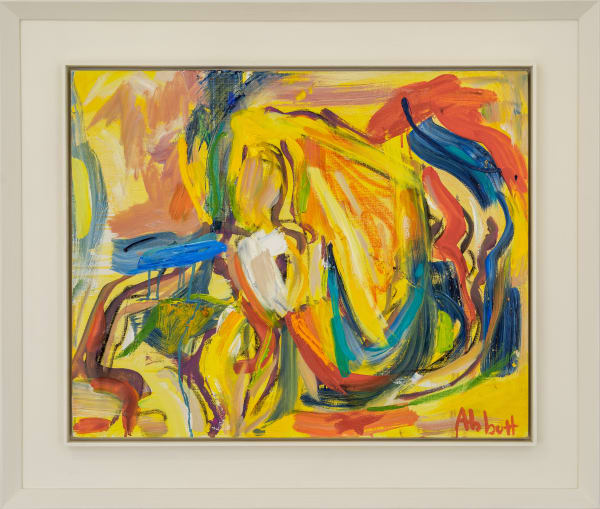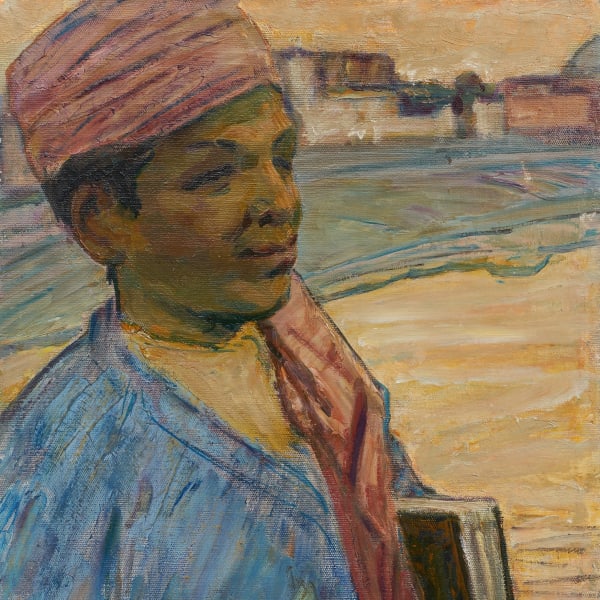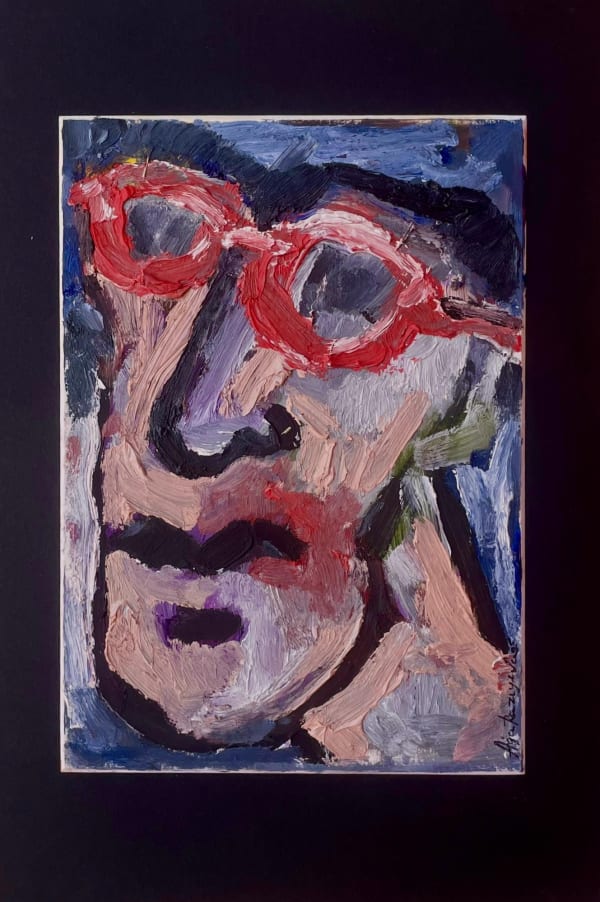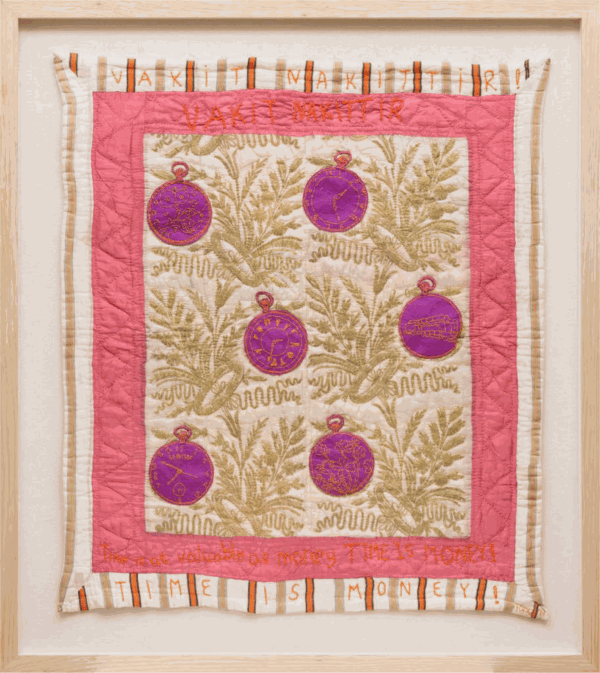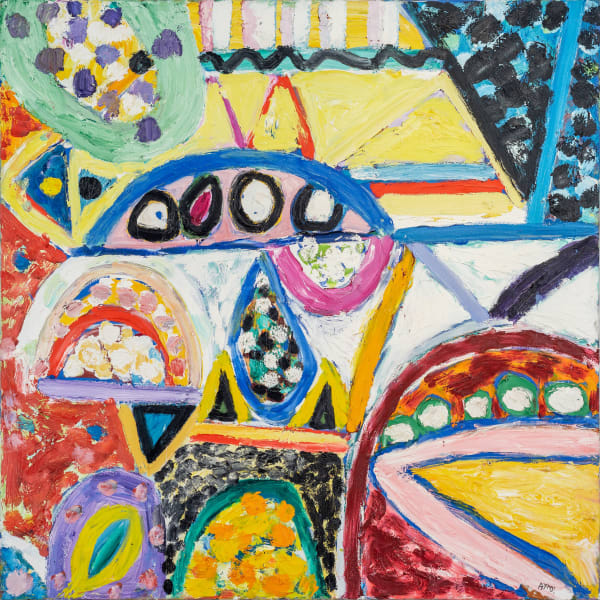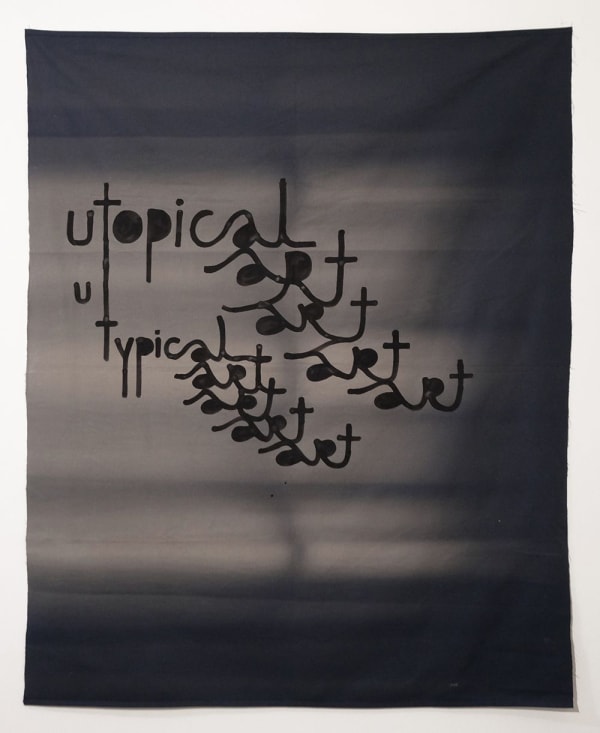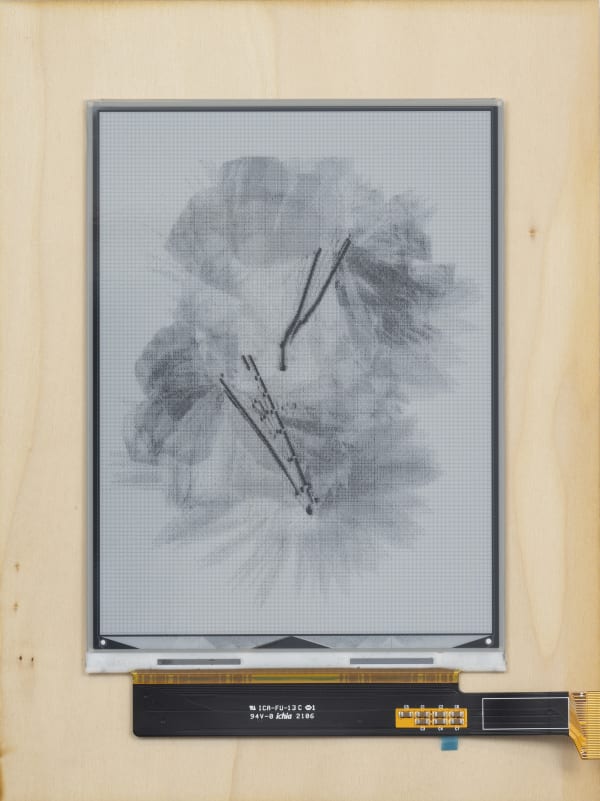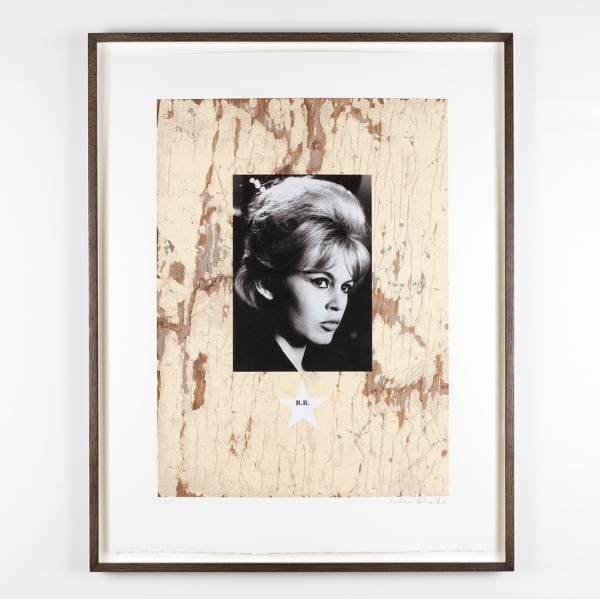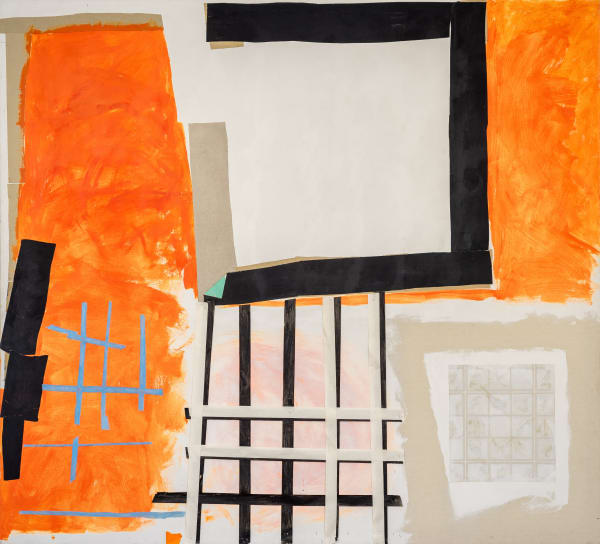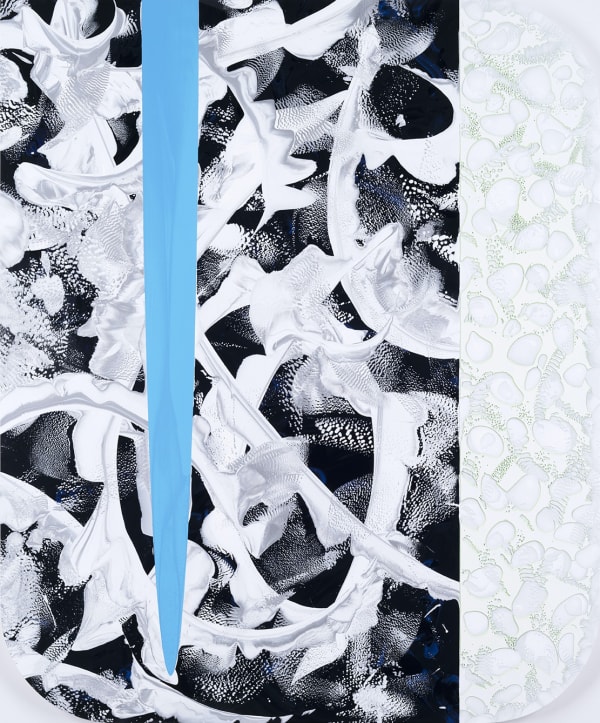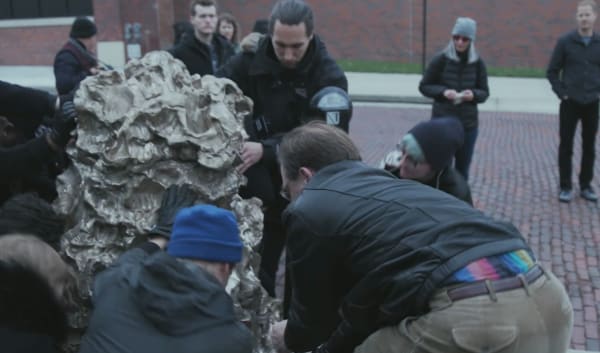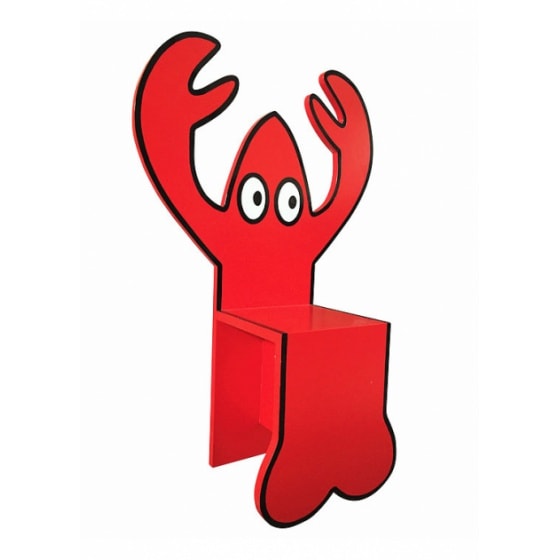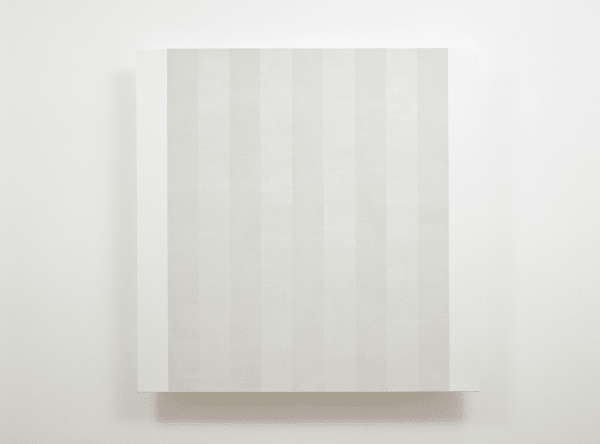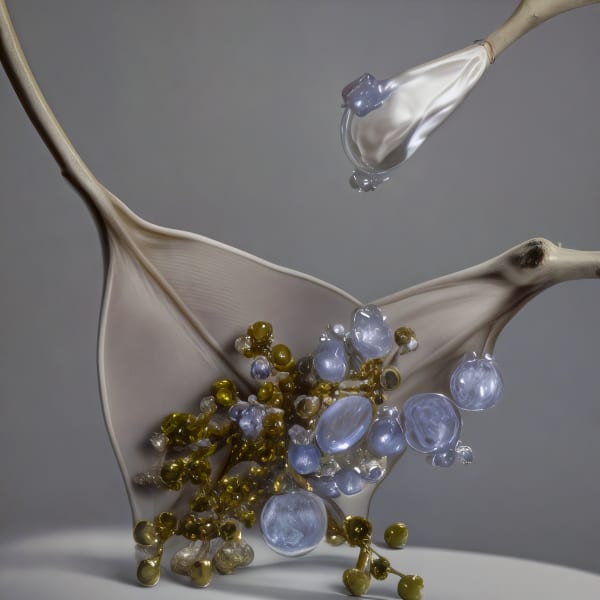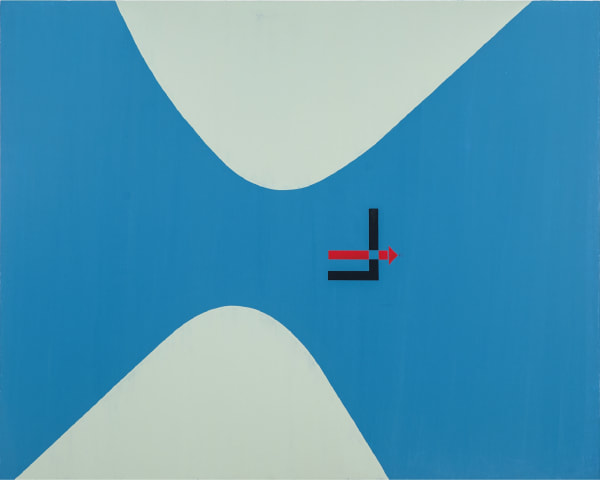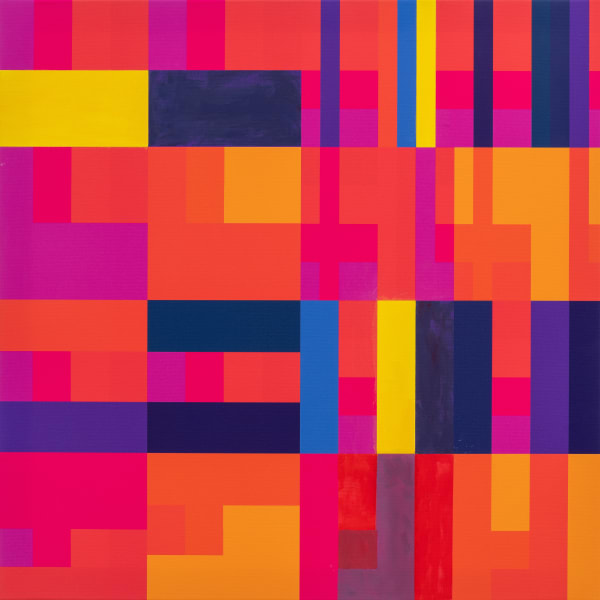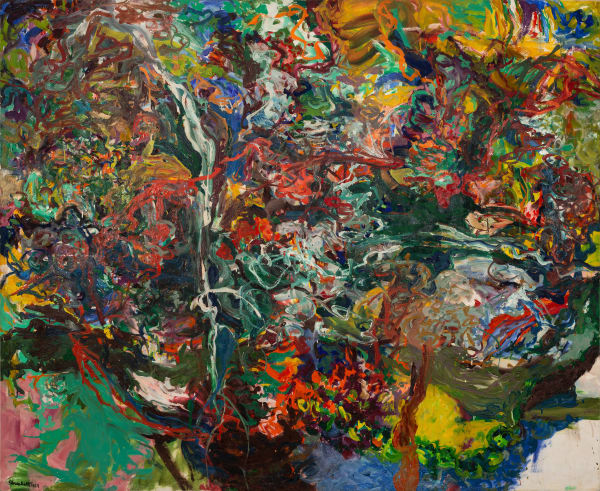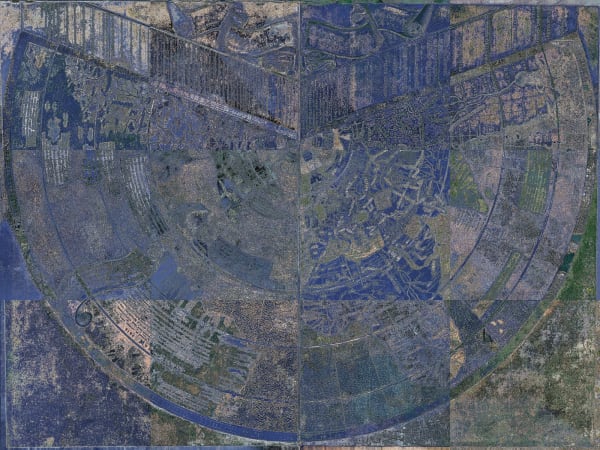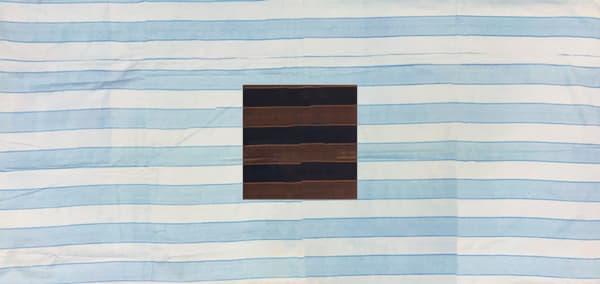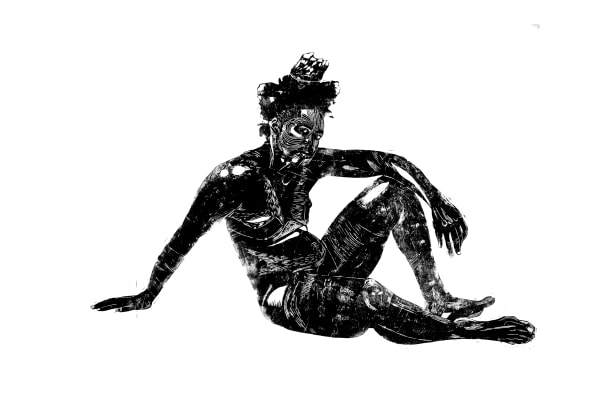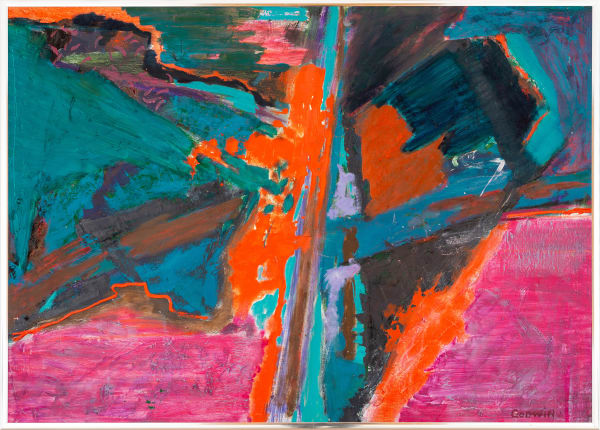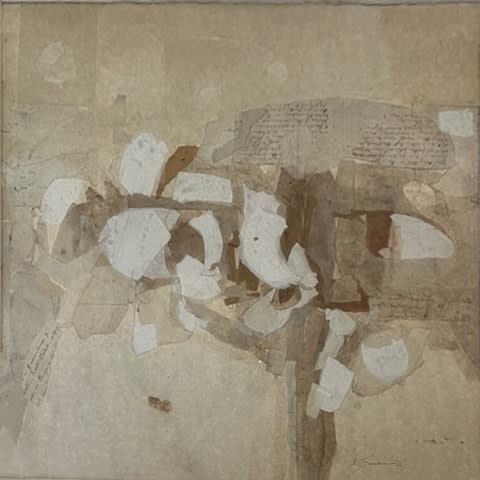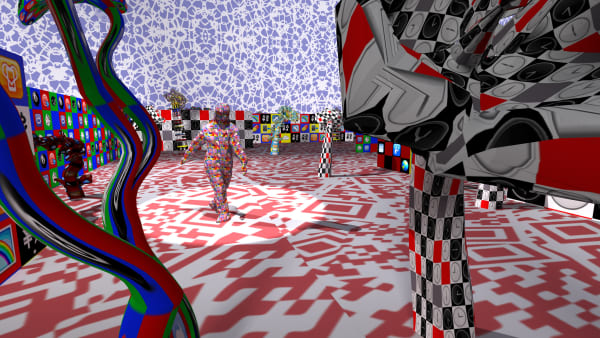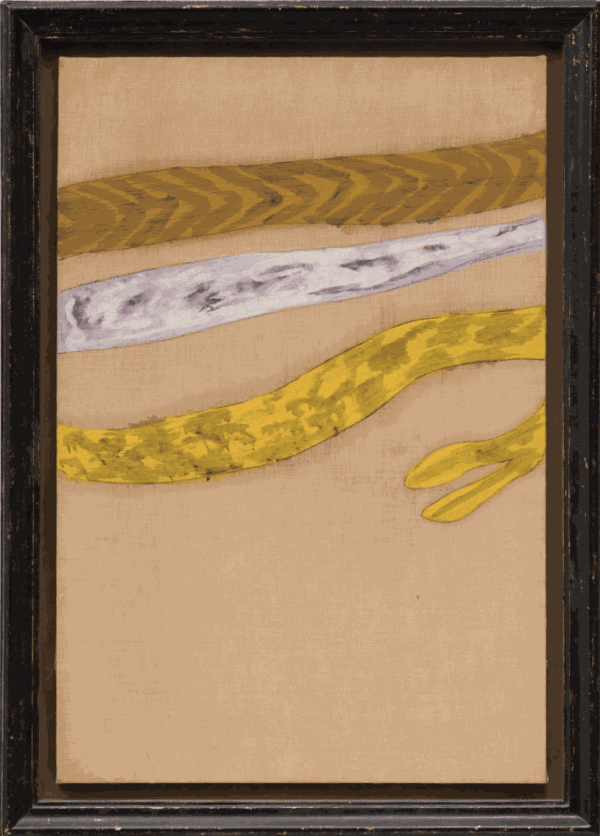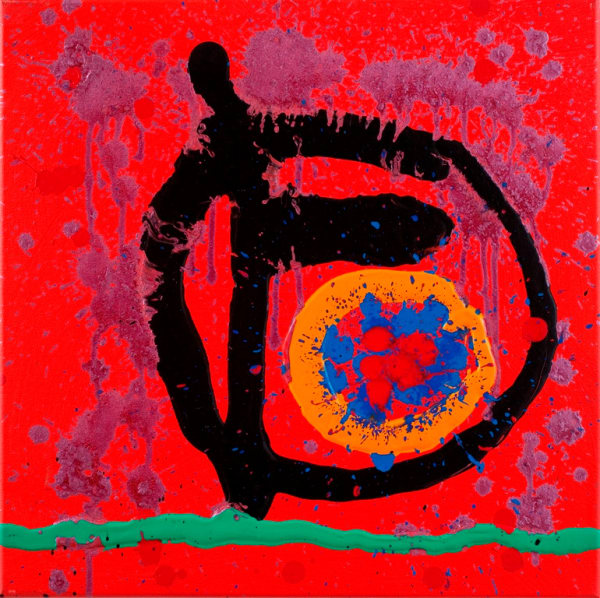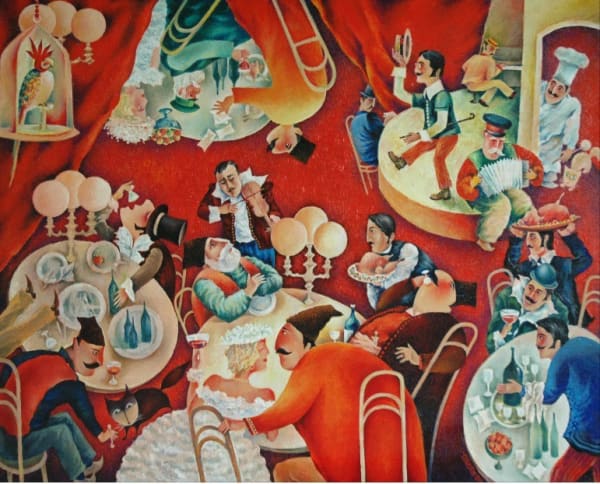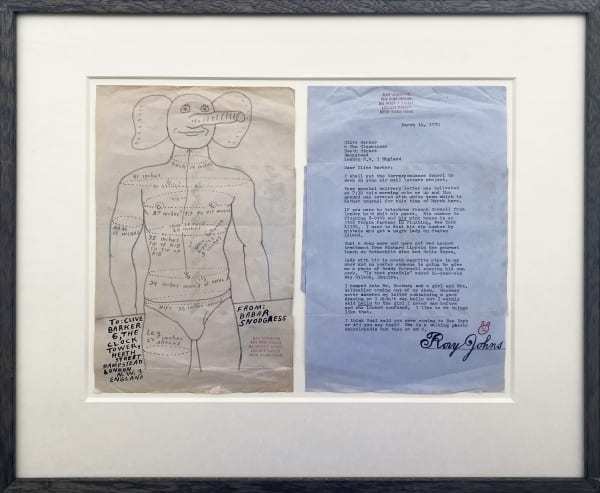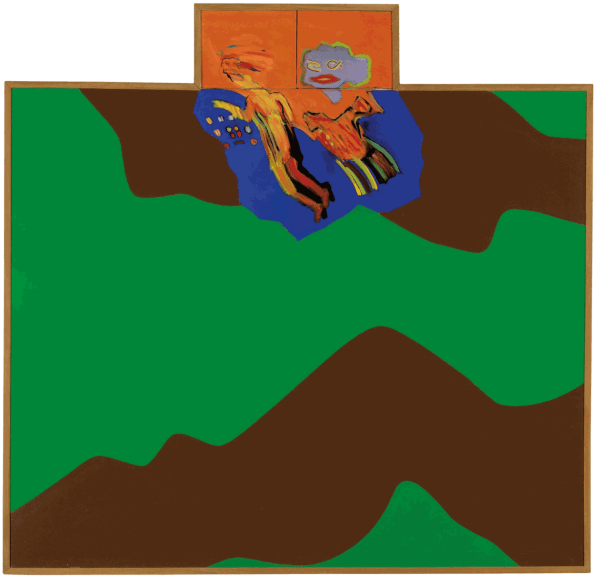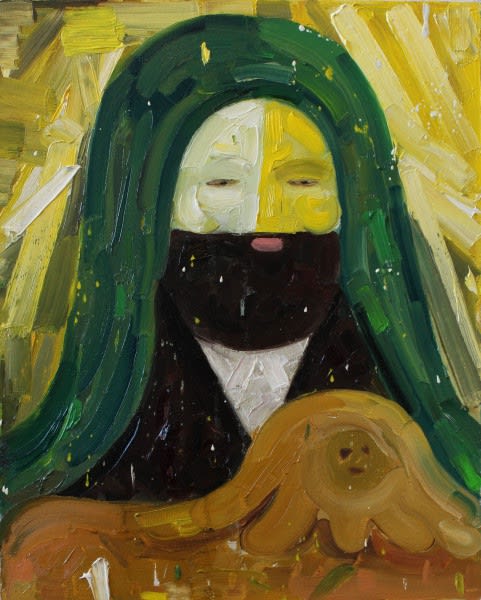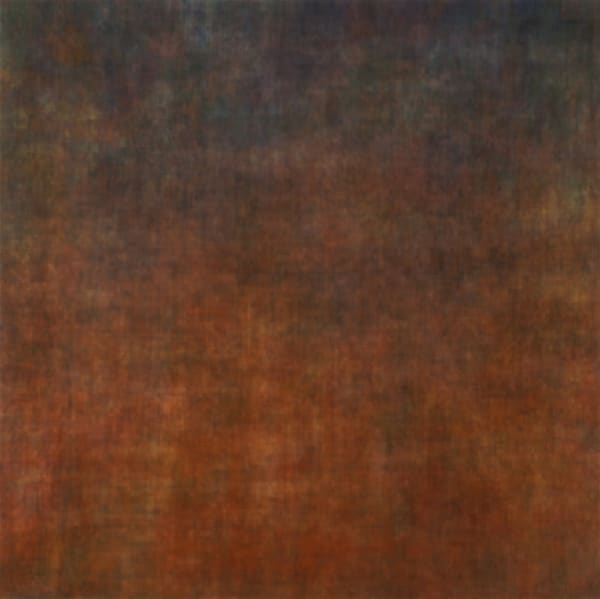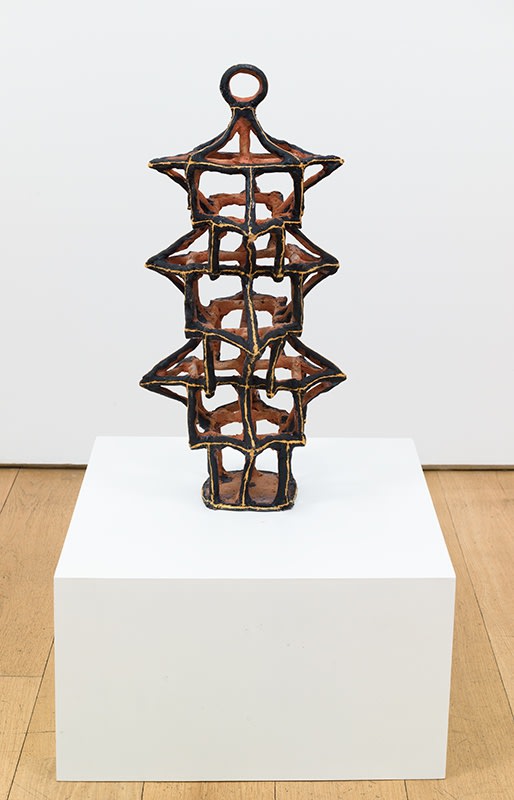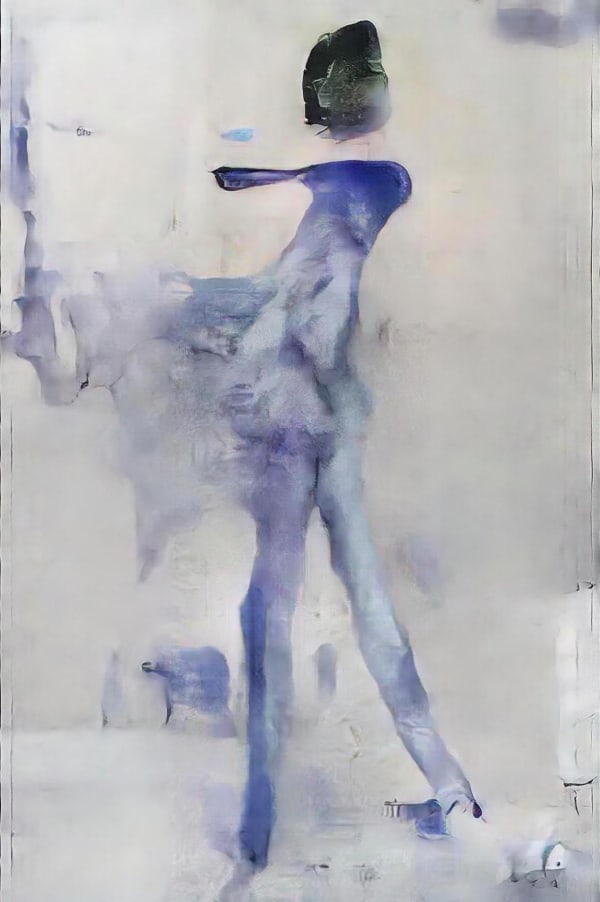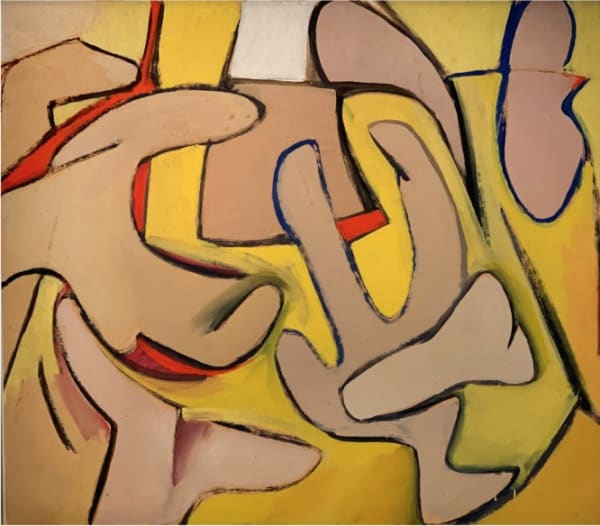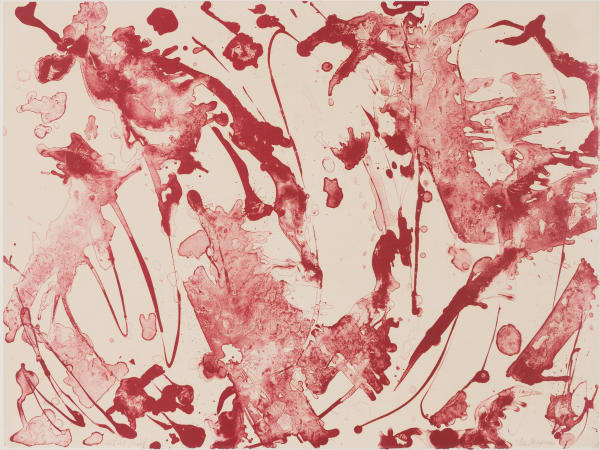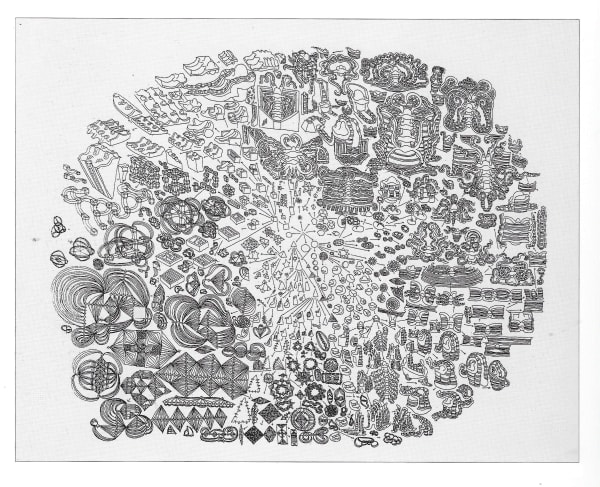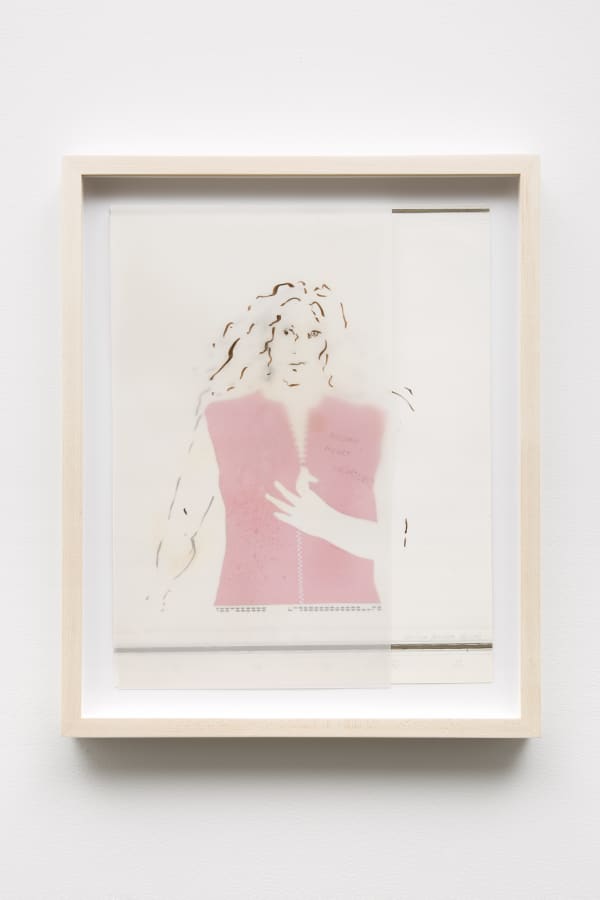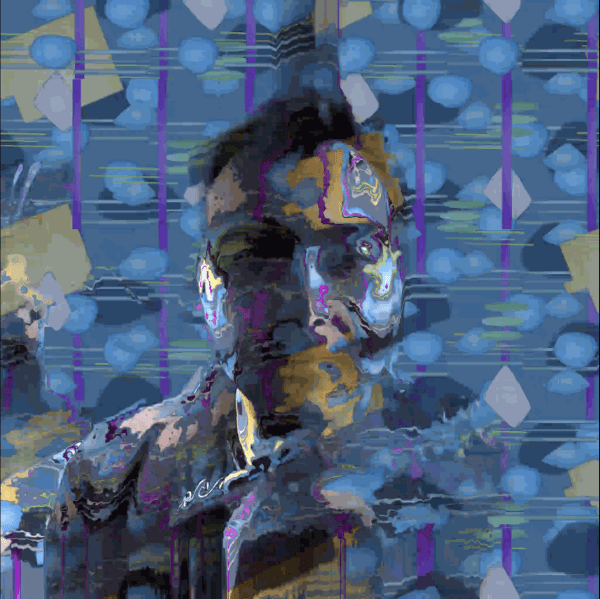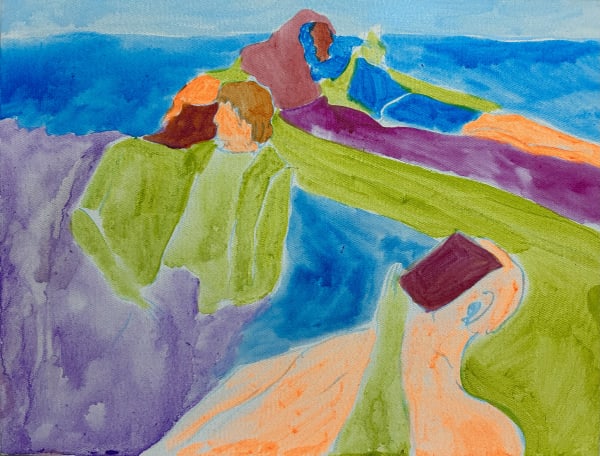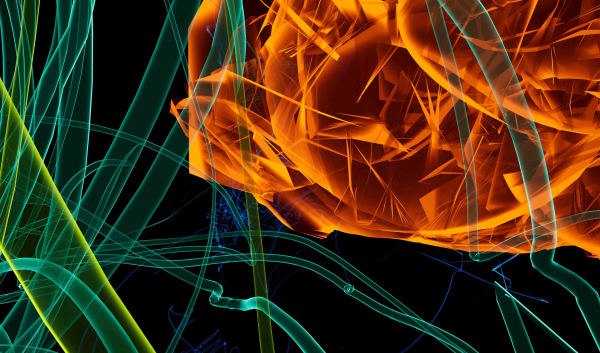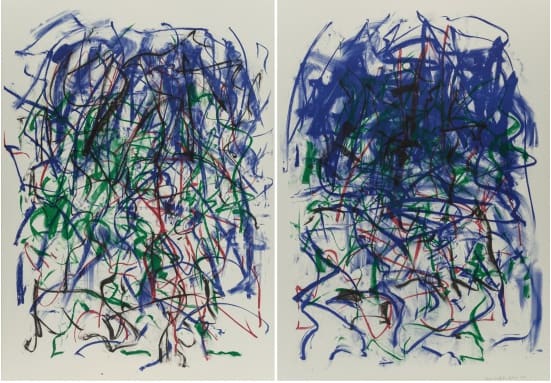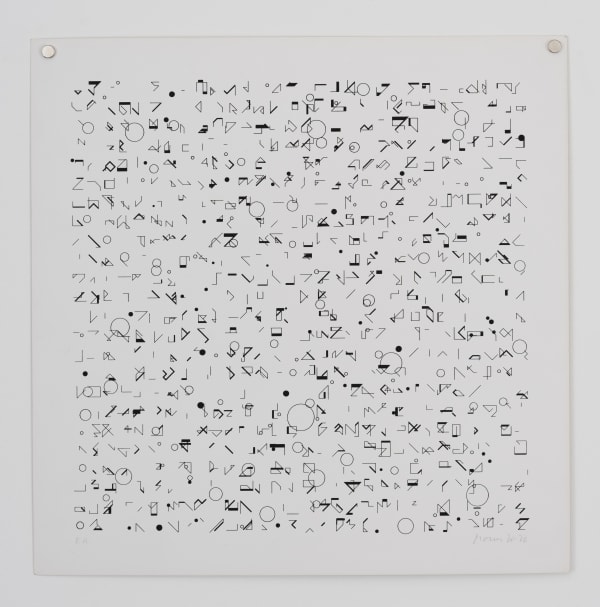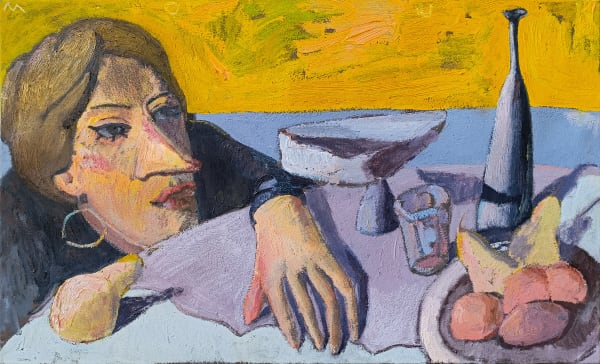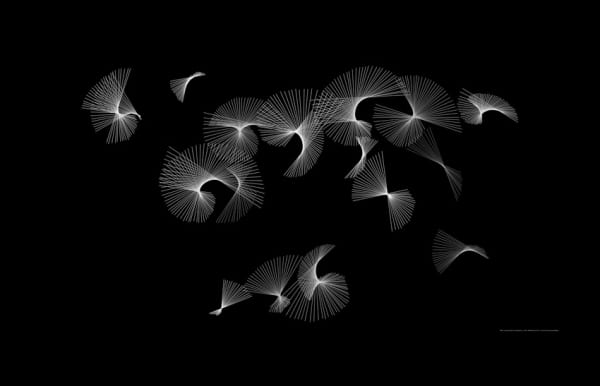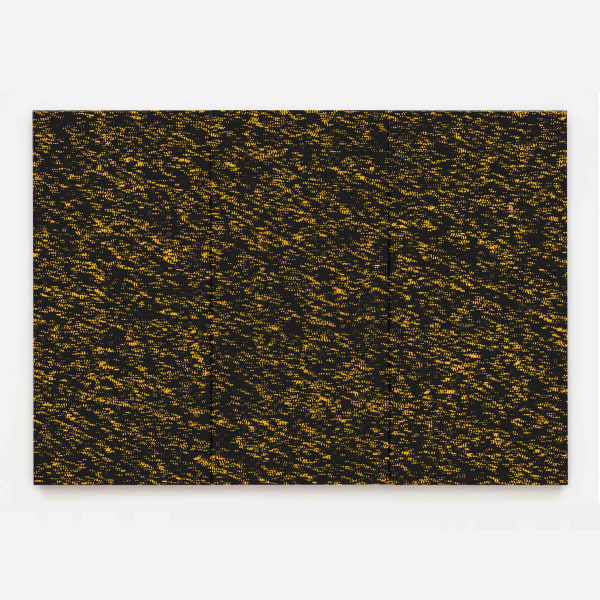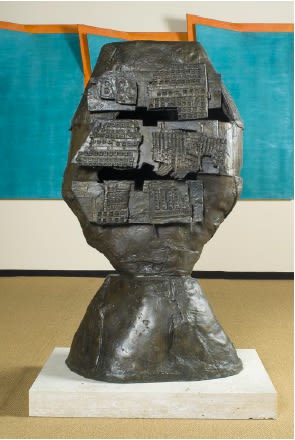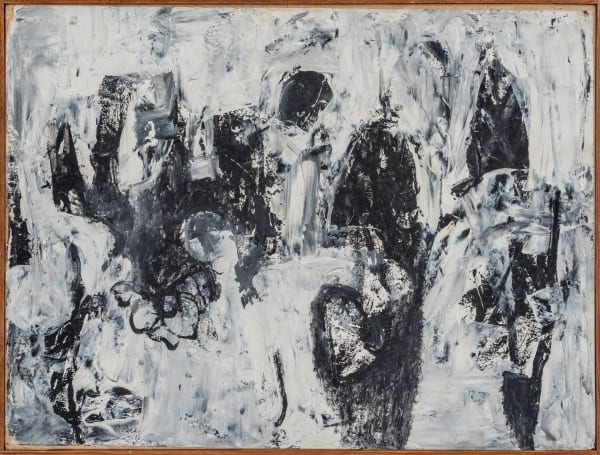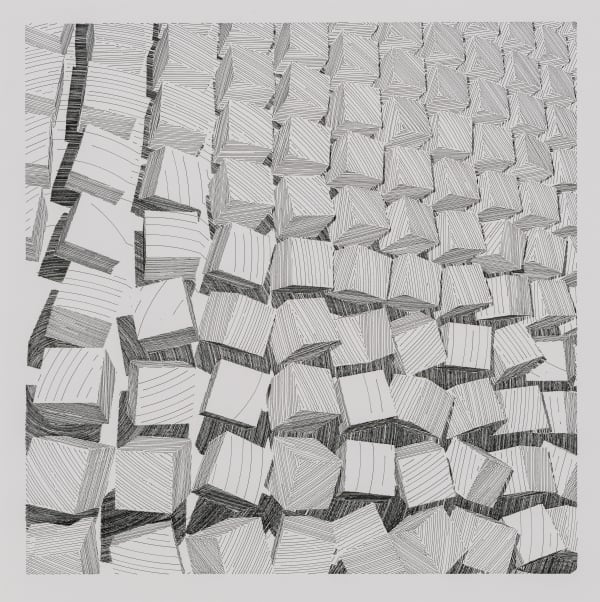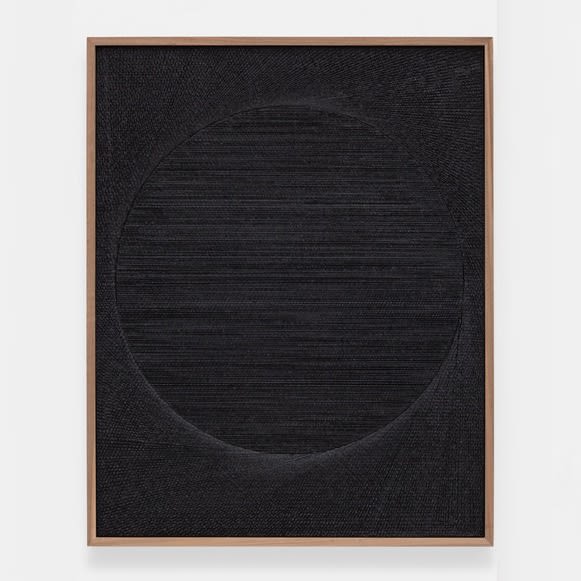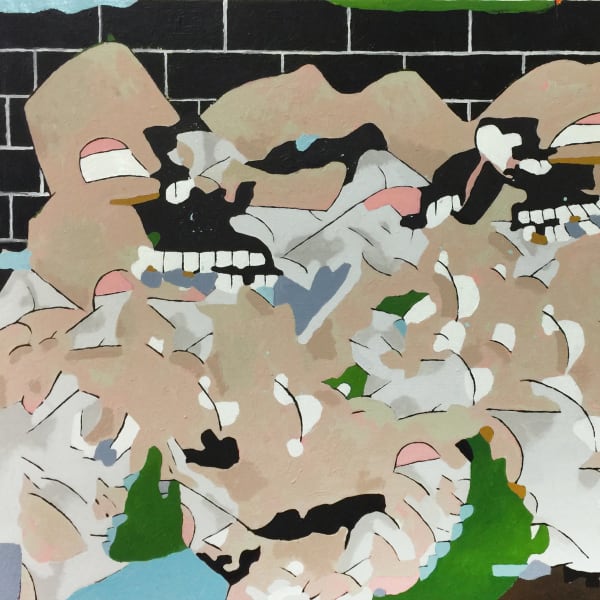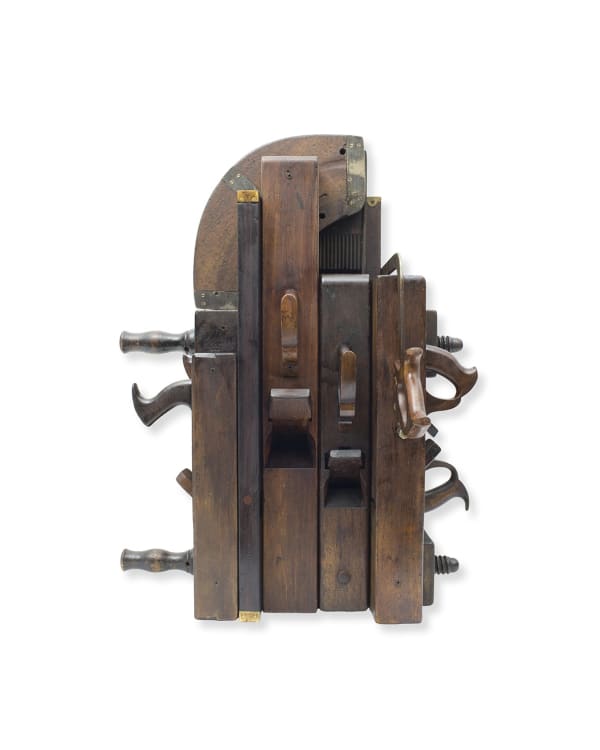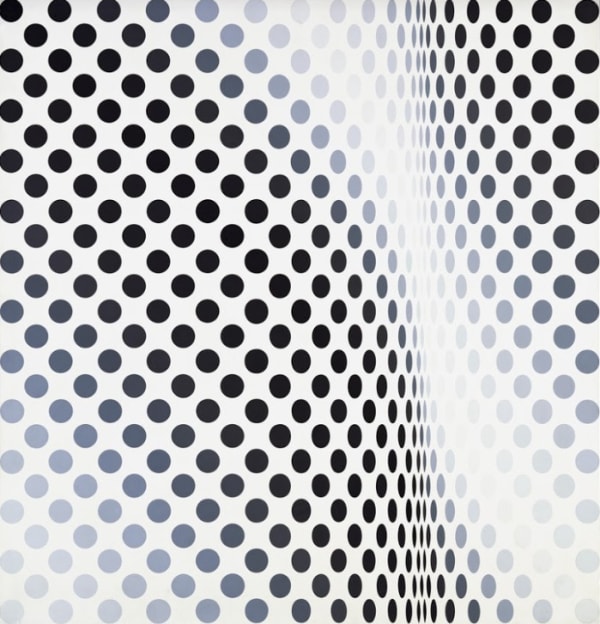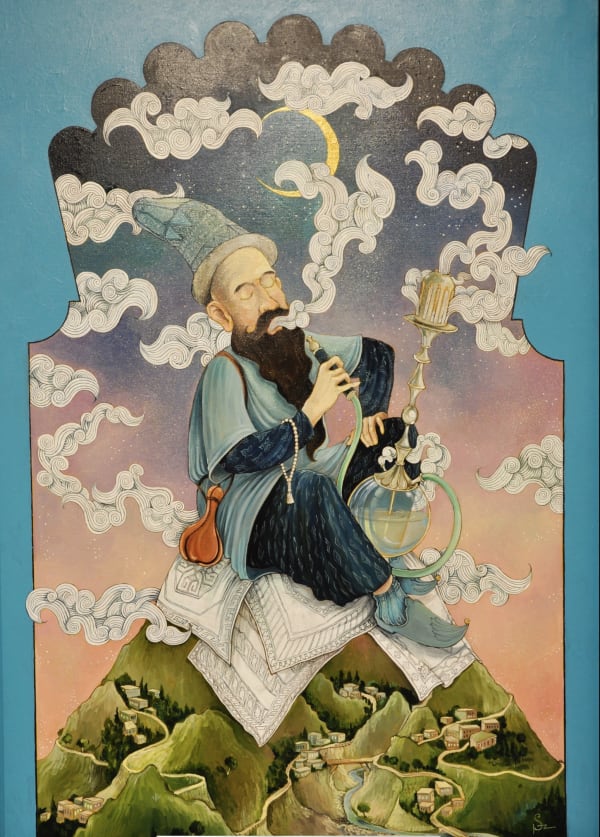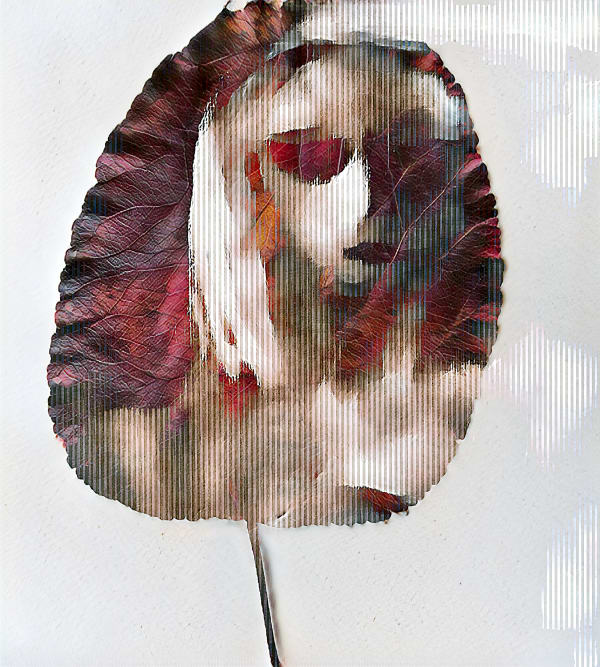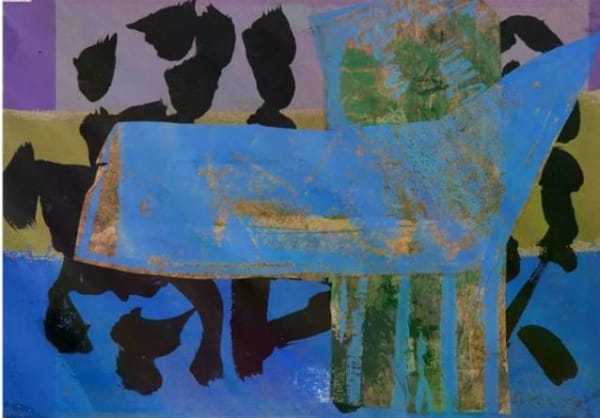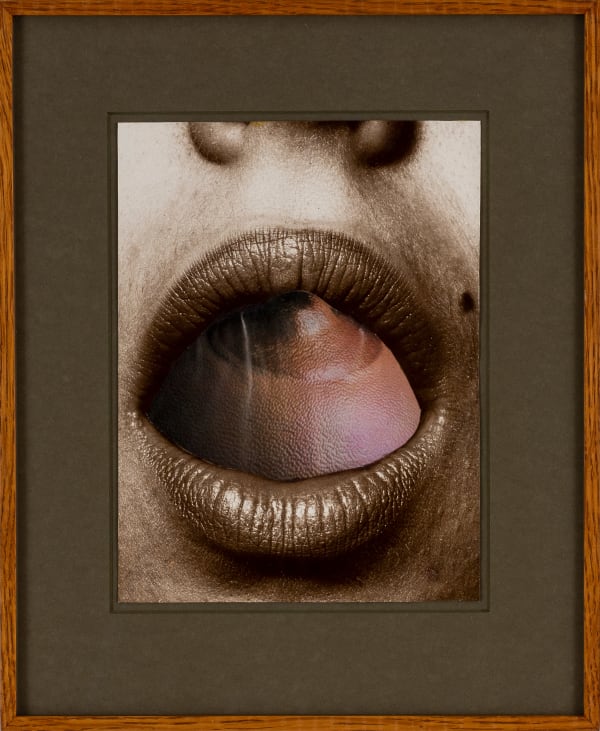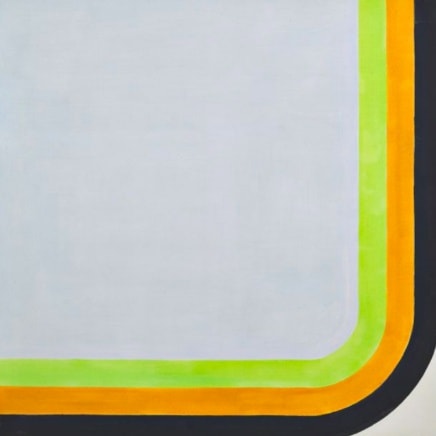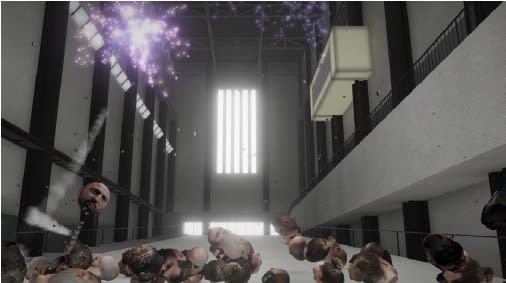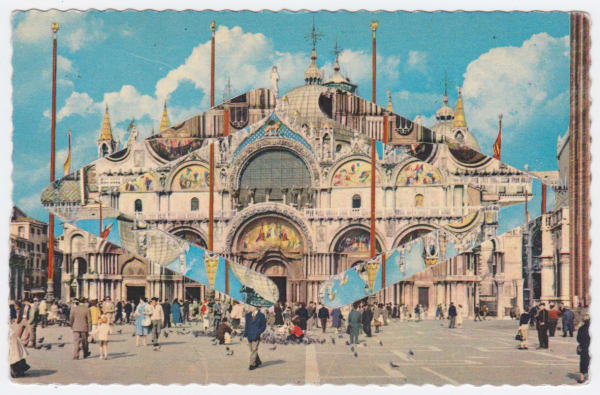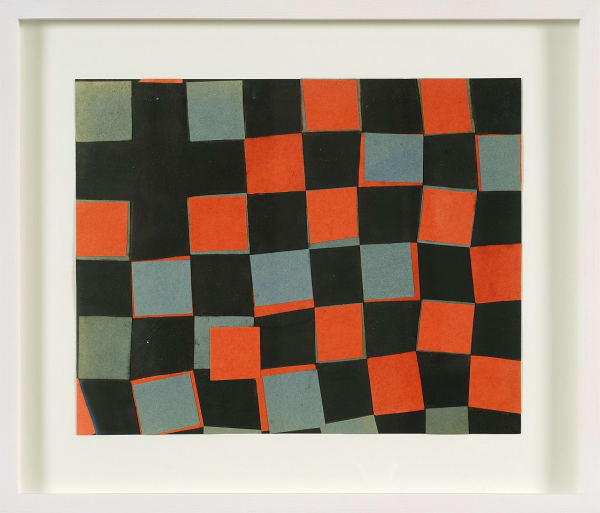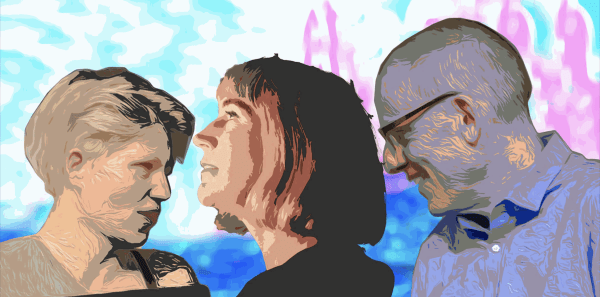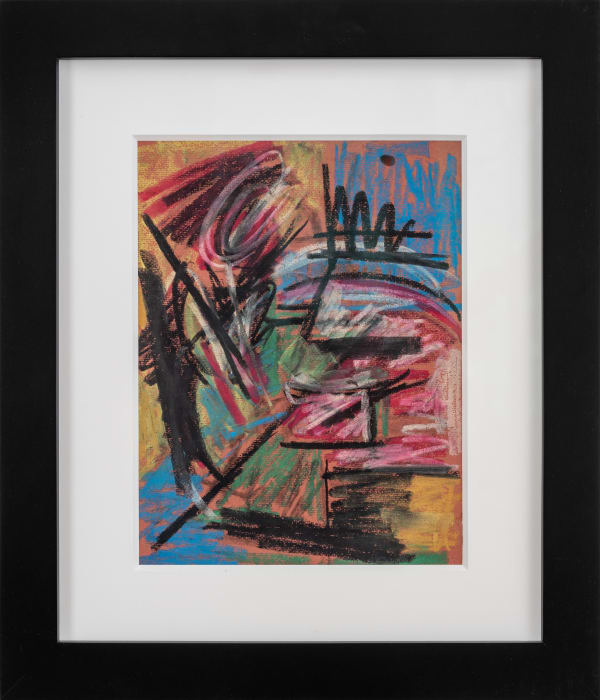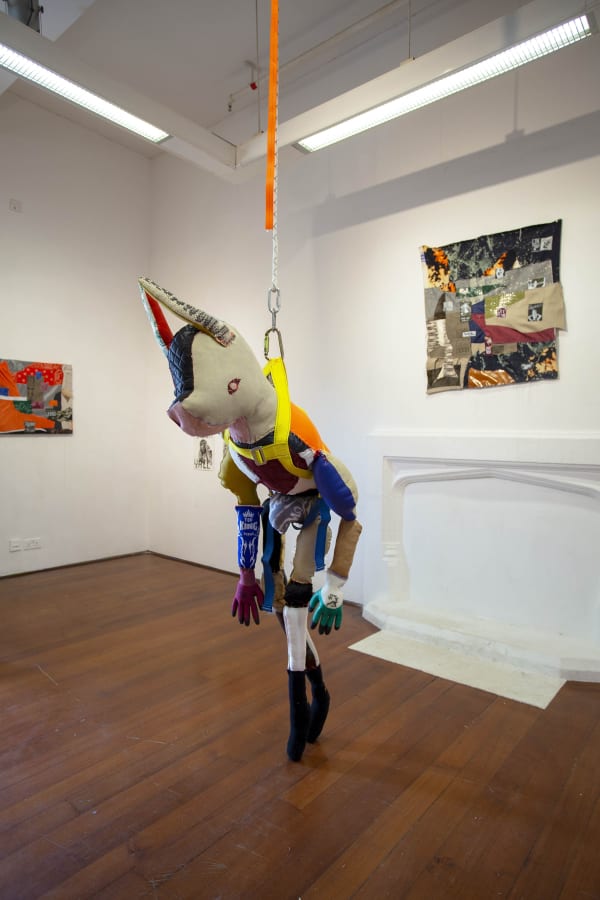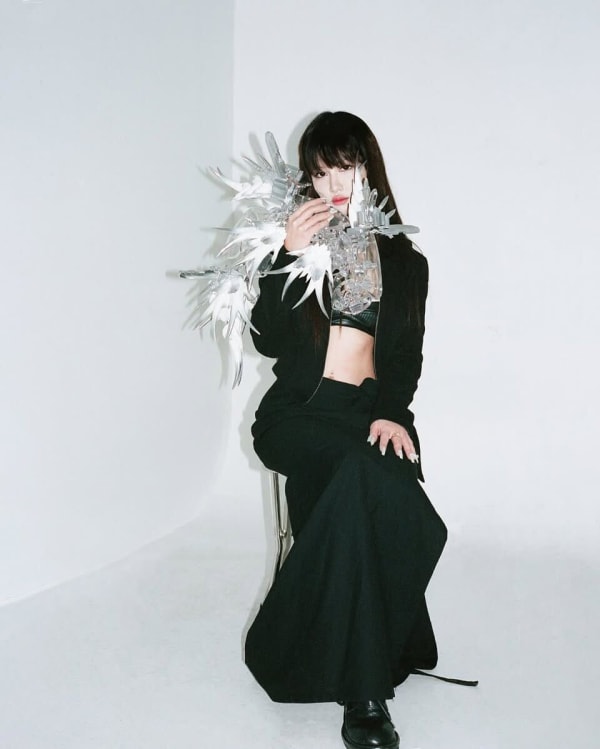Represented
-

Derek Boshier
ESTATE -

Pauline Boty
ESTATE -

Harold Cohen
ESTATE -

Perle Fine
ESTATE -

Jane McAdam Freud
ESTATE -

Jann Haworth
-

Aziz + Cucher
-

Brendan Dawes
-

Jake Elwes
-

Shan Hur
-

Francesco Jodice
-

Kalliopi Lemos
-

Michael Takeo Magruder
-

Aida Mahmudova
-

Naqsh Collective
-

Giovanni Ozzola
-

Alexander Reben
-

Recycle Group
-

Matteo Zamagni
Exhibited
-

Parviz Abasov
-

Mary Lee Abbott
-

Agil Abdullayev
-

Mikayil Abdullayev
-

Franz Ackermann
-

Vusala Agharaziyeva
-

Peter Alexander
-

Morehshin Allahyari
-

Rebecca Allen
-

El Anatsui
-

Gretchen Andrew
-

Jocelyn Anquetil
-

Nancy Atakan
-

Gillian Ayres
-

Rashad Babayev
-

Babi Badalov
-

Banksy
-

Clive Barker
-

Robbie Barrat
-

Peter Blake
-

Francesca Blomfield
-

Sandra Blow
-

Adam de Boer
-

Louise Bourgeois
-
BRiGHTBLACK
-

Gennadiy Brijatyuk
-

Ghasemi Brothers
-

Ana Maria Caballero
-

Stanley Casselman
-

Cassils
-

Patrick Caulfield
-

Judy Chicago
-

Sougwen Chung
-

Brian Clarke
-

Bernard Cohen
-

Philip Colbert
-

Mary Corse
-

Will Corwin
-

CROSSLUCID
-
Ian Davenport
-

Joshua Davis
-

Aron Demetz
-

David Diao
-

Jim Dine
-

Zackary Drucker
-

Jean Dubuffet
-

Ernest Edmonds
-

Amaranth Ehrenhalt
-

Sian Fan
-

Liliana Farber
-

Farhad Farzali
-

Lilly Fenichel
-

Primavera De Filippi
-

Helen Frankenthaler
-

Khaleb Brooks
-

Orkhan Garayev
-

Judith Godwin
-

Nan Goldin
-

Alison Goodyear
-

Ira Greenberg
-

Nancy Grossman
-

Richard Hamilton
-

Keith Haring
-

Claudia Hart
-

Grace Hartigan
-

Auriea Harvey
-

Licia He
-

Libby Heaney
-

David Hockney
-

Howard Hodgkin
-

John Hoyland
-

Owais Husain
-

Orkhan Huseynov
-

Ulviyya Iman
-

Albert Irvin
-

Pouran Jinchi
-

Ray Johnson
-

Allen Jones
-

Yoonjin Jung
-

KAWS
-

Farhad Khalilov
-

Amir Khojasteh
-

Hyo Myoung Kim
-

R. B Kitaj
-

Elisabeth Kley
-

Mario Klingemann
-

Elaine de Kooning
-

Lee Krasner
-

William Latham
-

Lauren Lee McCarthy
-

Lynn Hershman Leeson
-

Golan Levin
-

Chris Levine
-

LIA
-

Zach Lieberman
-

Xin Liu
-

LoVid
-

John Maeda
-

Rufana Mamedova
-

Marshmallow Laser Feast
-

Gibson & Martelli
-

Markus Martinovitch
-

Mercedes Matter
-

Magda Cordell Mchale
-

Joan Mitchell
-

Manfred Mohr
-

Vera Molnár
-

Mouk
-

Elizabeth Murray
-

FRIEDER NAKE
-

Elnara Nasirli
-

Simphiwe Ndzube
-

Georg Nees
-

Iain Nicholls
-

Navid Nuur
-

Entangled Others
-

Sir Eduardo Paolozzi
-

Charlotte Park
-

Betty Parsons
-

Piter Pasma
-

Fyodor Pavlov-Andreevich
-

Anthony Pearson
-

Dustin Pevey
-

Peter Phillips
-

John Plumb
-

Max Prus
-

Saad Qureshi
-

Sara Rahbar
-

Cheng Ran
-

Bridget Riley
-

Monica Rizzolli
-

Caitlin Robinson
-

Ed Ruscha
-

Ramina Saadatkhan
-

Ruba Salameh
-

Zohrab Salamzada
-

Helena Sarin
-

Sonja Sekula
-

Colin Self
-

Penny Slinger
-

Bob & Roberta Smith
-

Richard Smith
-

Mbryonic (Tom Szrites & Xan Adderley) with Xavier Sole
-

Nancy Spero
-

Holly Stevenson
-

Kianja Strobert
-

Tamiko Thiel
-

Yvonne Thomas
-

Nye Thompson
-

Joe Tilson
-

Paddy Gould & Roxy Topia
-

Nye Thompson & Ubermorgen
-

DeWain Valentine
-

Andy Warhol
-

Michael (Corinne) West
-

Rachel Whiteread
-

Gray Wielebinski
-

Ben Cullen Williams
-

Richard Wilson
-

John Wynne
-

Dustin Yellin
-

Adesola Yusuf
-

00 Zhang
-

Walter & Zoniel

